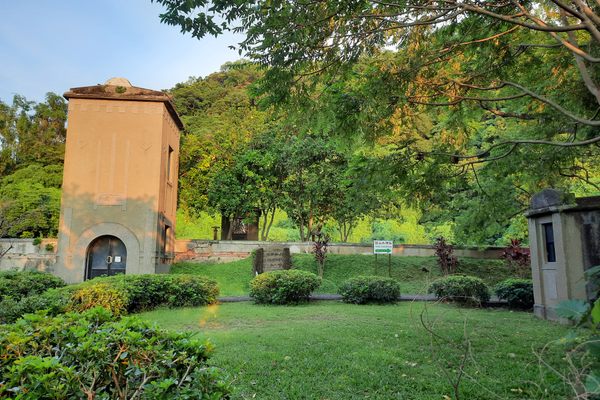About
In 1889, a Japanese serviceman Ninomiya Chūhachi invented the concept of hikōki, an unmanned model aircraft, after witnessing a gliding crow. He failed to earn support from military higher-ups, but continued to work on his idea and successfully created a functioning four-bladed propeller in 1891.
Now determined to invent the world's first manned aircraft, Chūhachi struggled to raise research funds after leaving the army to work at a pharmaceutical company. In 1908, he was sufficiently financed and about to start working on his latest craft when he belatedly learned about the 1903 success of the Wright Brothers, as news did not reach Japan in real-time. Shocked, Chūhachi destroyed his unfinished model with a hammer and gave up his dream.
Early manned flights were not without accidents, and Chūhachi felt responsible for the tragedies as someone once involved in aeronautical research. In 1915, he founded a shrine in Kyoto to memorialize the victims of aviation accidents, dedicating it to Nigihayahi-no-mikoto, a solar deity who descended on earth on a flying ship.
The shrine was abandoned for two decades following Chūhachi's death in 1936, but his son restored it and later expanded the site for the 100th anniversary of Chūhachi's discovery of the principles of flight, constructing a Greek-style temple and establishing a small aviation museum adjacent to it.
Naturally, the "shrine of flight" has since become a popular place of worship among airline employees, pilots, rocket scientists, and the like, praying for safety in the sky.
Related Tags
Hidden Japan: Sado Island, Nara & Kyoto
Explore a different side of Japan.
Book NowCommunity Contributors
Added By
Published
November 3, 2023




























